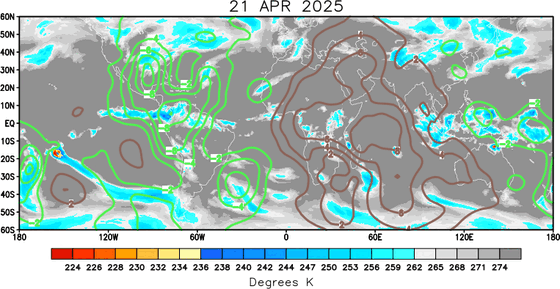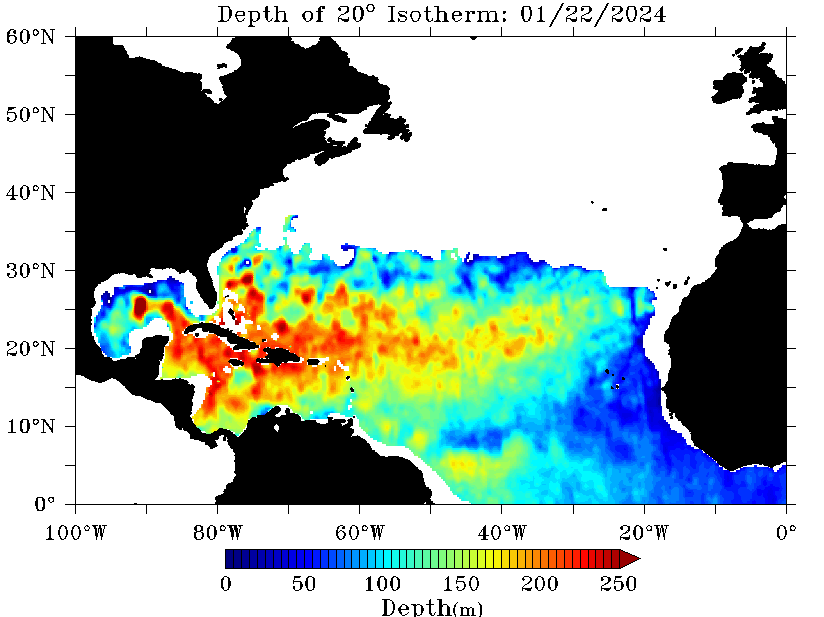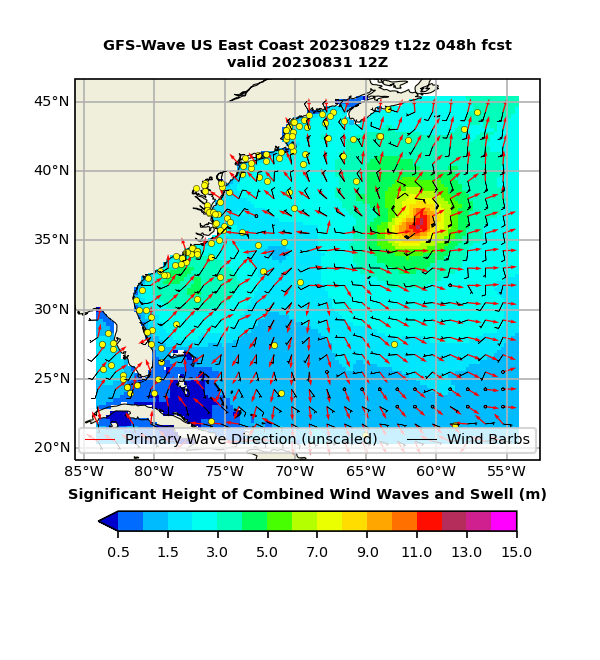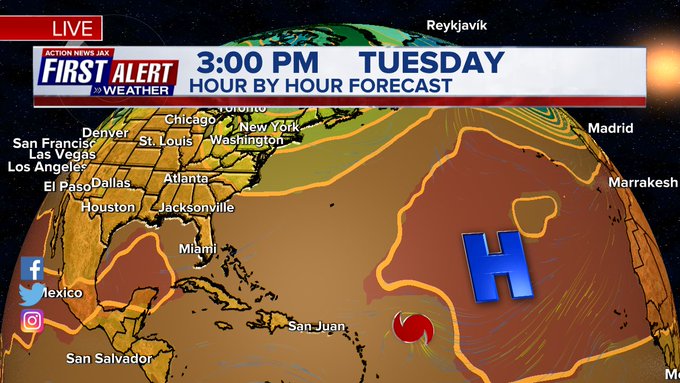Jacksonville, Fl. — The “Buresh Bottom Line”: Always be prepared!.....First Alert Hurricane Survival Guide... City of Jacksonville Preparedness Guide... Georgia Hurricane Guide.
STAY INFORMED: Get the * FREE * First Alert Weather app
FREE NEWS UPDATES, ALERTS: Action News Jax app for Apple | For Android
WATCH “The Ins & Outs of Hurricane Season”
WATCH “Preparing for the Storm”
READ the First Alert Hurricane Center “Survival Guide”
***** ALWAYS CHECK & RE-CHECK THE LATEST FORECAST & UPDATES! *****
REMEMBER WHEN A TROPICAL STORM OR HURRICANE IS APPROACHING: Taping windows is *NOT* helpful & will not keep glass from breaking... & realize the cone is the average forecast error over a given time - out to 5 days - & *does not* indicate the width of the storm &/or damage therefore do not become fixated on the center of a tropical system.
Accordiing to Dr. Phil Klotzbach 2021 is now tied with last year for the most Atlantic named storms - 14 - to form between 11 August - 24 September on record. Teresa was the 7th named storm to form this month but another brief system - “alive” less than 48 hours. Only 4 seasons on record have had 8+ Sept. tropical cyclones: 2002, 2007, 2010, 2020.
“Sam”:
The strong tropical wave - ‘98-L’ - was upgraded Wed. afternoon to tropical depression #18 then to tropical storm “Sam” Thursday morning & to a hurricane early Friday (avg. date for the 7th Atlantic hurricane is Nov. 16) while marching westward at a lower (more south) latitude than previous waves. It continues to look like the hurricane will stay far enough north & east of Puerto Rico & the Lesser Antilles to have only fringe effects in the form of rough seas & surf. Sam is a compact/intense storm & should essentially be in a steady state for at least the next several days minus some fluctuations due to structural changes & eyewall replacement cycles. Though staying far to the east, an easterly swell & heightened rip current risk will affect much of the eastern U.S. seaboard by late in this week, including NE Fl./SE Ga. Sam will also near Bermuda by late week into the weekend.
As for the steering of Sam... it’s clear the GFS model - for days now - has been on to where Sam is going & how strong it will be. The European model is now joining in. There will be no direct land hits this week followed by the close approach on Bermuda late Fri./Sat. The early & fast intensification of Sam is likely one of the contributors to the more poleward movement vs. being steered to the west by the more shallow trade winds.
Ultimately... the end result - Sams’ track - will be driven by September’s re-adjustment of the upper level flow across the Northern Hemisphere which includes a pretty persistent trough the last several weeks over & near the Eastern U.S. & Western Atlantic. If the trough stays, the U.S. eastern seaboard is protected. The GFS model has ruled the hurricane season so far & there’s no reason to get off the stallion now, so I’ll maintain a turn more northward in time.
This is the 2nd earliest formation of the 18th named storm in the Atlantic basin, moving ahead of the infamous 2005 hurricane season, and only trailing last year.
Another African tropical wave is emerging off the coast of Africa & has the potential for long range development as the wave moves west or W/NW.
Between the African wave & Sam, an area of low pressure is developing & also has the potential to become a tropical cyclone. Long range forecast modeling is showing a less conducive environment in the long run (farther west), so we’ll wait & see on any potential long term impacts to any land areas.
And some remnants of Peter remain over the Central Atlantic intertwined with an upper level trough. There’s some chance for an attempt at re-generation while moving northeast over the open Atlantic before shear increases later this week.



Notice Sam is coming out of a good deal of African dust (brown/gray area on the satellite below) but the tight inner core of the tropical cyclone has generally protecting the storm from most of the dry air:


Sam spaghetti plots:



The Bermuda High looks to stay displaced well to the north & east over the Atlantic while a sharp upper level trough moves into the Eastern U.S. Such a set-up allows for the alleyway to remain over the Western Atlantic through much of this week.
And an unfavorable MJO phase has generally helped keep recent Atlantic tropical cyclones mostly “in check”, but that’s about to change. There is a lot of “sinking” (brown lines) air over the Atlantic Basin which doesn’t usually favor a good deal of tropical development (there can be exceptions!). *But* the rising air (green lines) will likely overspread the Atlantic through a good part of Oct. leading to a potentially active 2nd to the last month of the Atlantic hurricane season. During this evolution, we’ll have to first monitor the Caribbean & Gulf of Mexico where we’re already getting some occasional hints from long range models of tropical development.

Related to the above discussion - a period of heightened concern for U.S. impacts will evolve in Oct. - more on that potential *here* in the “Buresh Blog”.
Ocean temps. remain “fit” to help maintain tropical cyclones.
Sea surface temps. across the Atlantic are now near to above avg. across much of the basin (2nd image below) & - even more importantly - deep oceanic heat content (which helped “feed” Ida) is impressive & the “equivalent oceanic heat content” - namely depth averaged temperature in the upper 300 m (~984 feet) - is even more impressive all the way from Africa to the Gulf of Mexico. Such an ocean water temp. pattern is conducive to long track deep tropical Atlantic tropical cyclones & can lead to a more favored regime for rapid intensification cycles. From an AMS research paper in ‘08 Mainelli, DeMaria, Shay, Goni: “Results show that for a large sample of Atlantic storms, the OHC variations have a small but positive impact on the intensity forecasts. However, for intense storms, the effect of the OHC is much more significant, suggestive of its importance on rapid intensification. The OHC input improved the average intensity errors of the SHIPS forecasts by up to 5% for all cases from the category 5 storms, and up to 20% for individual storms, with the maximum improvement for the 72–96-h forecasts. The statistical results obtained indicate that the OHC only becomes important when it has values much larger than that required to support a tropical cyclone.” More recent research continues to indicate similar correlations.





Saharan dust. Dry air - yellow/orange/red/pink. Widespread dust is indicative of dry air that can impede the development of tropical cyclones. However, sometimes “wanna’ be” waves will just wait until they get to the other side of the plume then try to develop if everything else happens to be favorable. In my personal opinion, way too much is made about the presence of Saharan dust & how it relates to tropical cyclones.

2021 names..... “Victor” is the next name on the Atlantic list (names are picked at random by the World Meteorological Organization... repeat every 6 years... historic storms are retired (Florence & Michael in ’18... Dorian in ’19 & Laura, Eta & Iota in ‘20). Last year - 2020 - had a record 30 named storms. The WMO decided beginning in 2021 that the Greek alphabet will be no longer used & instead there will be a supplemental list of names if the first list is exhausted (has only happened twice - 2005 & 2020). More on the history of naming tropical cyclones * here *.





East Atlantic:





Mid & upper level wind shear (enemy of tropical cyclones) analysis (CIMMS). The red lines indicate strong shear:
Water vapor imagery (dark blue indicates dry air):

Deep oceanic heat content continues to increase across the Gulf, Caribbean & deep tropical Atlantic & has become pretty impressive from the Central/NW Caribbean into the Gulf of Mexico:

Sea surface temp. anomalies:


SE U.S. surface map:

Surface analysis centered on the tropical Atlantic:

Surface analysis of the Gulf:

Caribbean:

GFS wave forecast at 48 & 72 hours (2 & 3 days):


Atlantic Basin wave period forecast for 24, 48 & 72 hours respectively:




The East Pacific:
The eastern North Pacific (ENP; to 180°) has had only 1 named storm form (Olaf) this month, and no tropical cyclones are anticipated in next 5 days per NHC. Accordiing to Klotzbach: “Only 5 Septembers since 1970 have had just 1 ENP named storm form: 1971, 1974, 1979, 2020, 2011″.


West Pacific IR satellite:
“Mindulle” is formidable typhoon while turning sharply north over the open W. Pacific which may be a helpful hint with “Sam” over the Central Atlantic (typhoon teleconnection with a persistent trough near the east coast of China mirroring the trough near the Eastern U.S.) In other words, Sam turning more north vs. a more west movement. Mindulle will be east of Japan by the upcoming weekend.


Global tropical activity:

Cox Media Group

:quality(70)/cloudfront-us-east-1.images.arcpublishing.com/cmg/WW5AJL3ARQUGDQMAQUNSFX4CLE.jpg)


:quality(70)/cloudfront-us-east-1.images.arcpublishing.com/cmg/HJ3L3HBBJBH6PB5ZFB3SVGFXSU.png)
:quality(70)/cloudfront-us-east-1.images.arcpublishing.com/cmg/4TQDXERT5VGORNZ4NQWXNO5H64.png)
:quality(70)/cloudfront-us-east-1.images.arcpublishing.com/cmg/SKX4RKW645ERTATCLA4V2FVRKQ.png)
:quality(70)/cloudfront-us-east-1.images.arcpublishing.com/cmg/5PIZRG7NYBAHDDABTG5BNVGO6Y.jpg)
:quality(70)/cloudfront-us-east-1.images.arcpublishing.com/cmg/V7JDMMD6JJEEHIL6C7OSLV3ABU.png)
:quality(70)/cloudfront-us-east-1.images.arcpublishing.com/cmg/EDYIW77XOBYL6CORGK4TI53UZQ.jpg)
:quality(70)/cloudfront-us-east-1.images.arcpublishing.com/cmg/JSVAPZ27S37AZ77GWYGTMBSFPQ.jpg)
:quality(70)/cloudfront-us-east-1.images.arcpublishing.com/cmg/BVPMIXKDOHKPUIGN3YHWA5UQ2Y.jpg)
